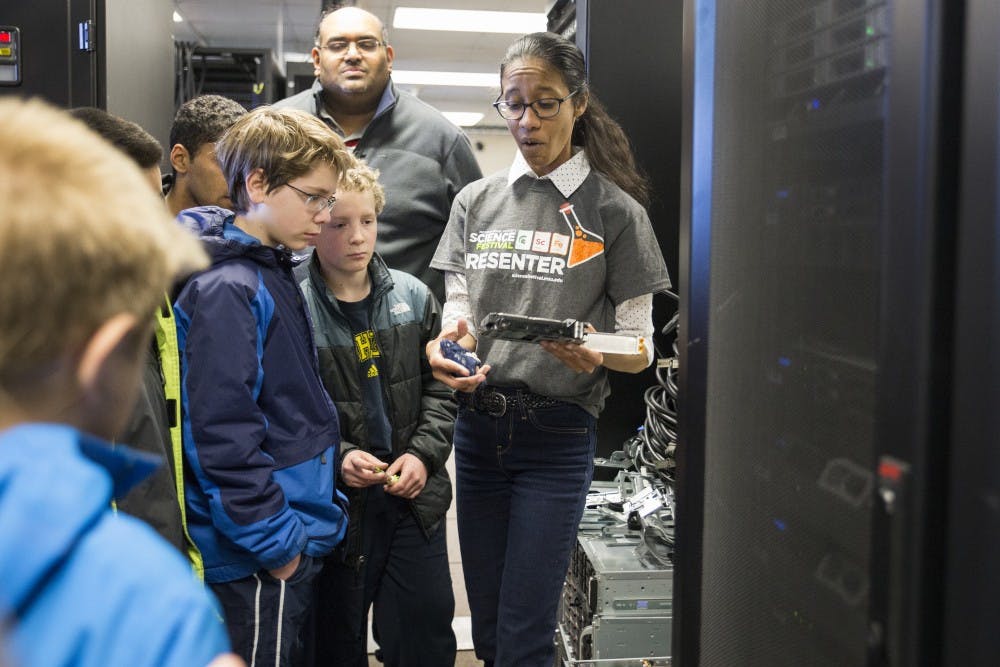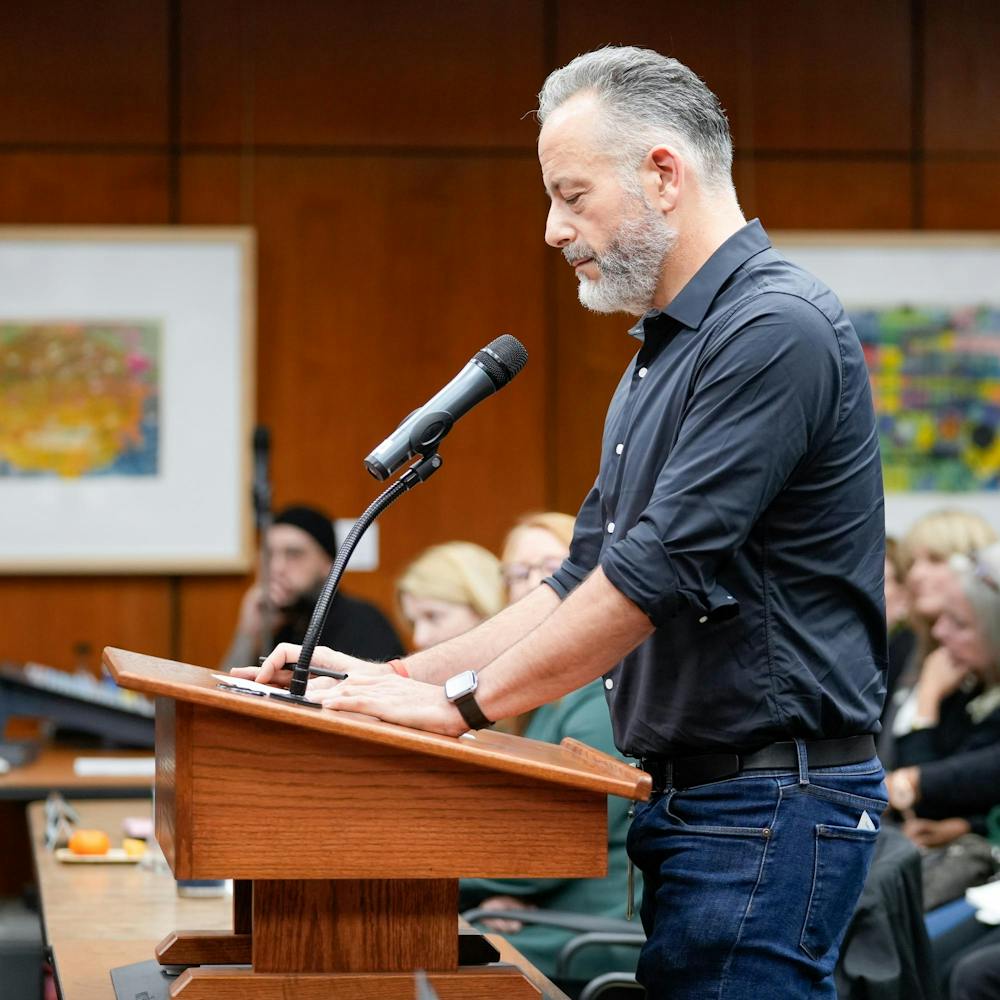Since 2013, MSU has hosted the Science Festival. For the fourth consecutive year it's back, taking place during April 7-23. The 2017 MSU Science Festival features more than 50 new presentations that highlight science, technology, engineering, arts and mathematics.
Of the numerous events, free tours of MSU’s Supercomputer was offered April 7 at the Engineering Building.
MSU’s Institute for Cyber-Enabled Research, or iCER, introduced its newest campus Supercomputer, Laconia, on June 10, 2016. According to the Top500 list, Laconia was ranked No. 205 on the global list of fastest supercomputing systems released in June 2016.
“It (the supercomputer) is fundamentally a system that is larger or more powerful than is commonly available to people,” Andrew Keen, HPC administrator of iCER, said.
Laconia has 1,000 active users across wide range of disciplines on campus, including agriculture economics to zoology to traditional users in engineering, mathematics and science.
“The system we have can do over 500 trillion math operations per second, we have over 16,000 cores on our systems and a standard laptop has between two and four cores,” Keen said.
In addition to the team that works with Keen to keep the supercomputer up and running, there are also consulting groups who help provide support for researchers.
“There’s a consulting computing group at iCER and they provide support for researchers across campus who want to use this facility,” Camille Archer, training director of iCER, said. “It's not as simple as running the same code as a laptop, you sometimes have to make adjustments to your code and to figure out how to run this code now on a larger scale machine.”
Associate director of iCER Bill Punch said Laconia can perform big research problems that require much more size and power than what can be obtained for traditional laptops or desktops.
“Its particular applications are big research problems, like weather patterns, discovering drugs and predicting supernovas,” he said. “These are very difficult research problems and you need computers of this size to be able to do those kind of things.”
As a supercomputer is much more powerful and bigger, there stands a quite obvious difference between a supercomputer and a laptop.
“There's literally thousands of computers that are hooked together with a very fast network that allow them to coordinate their actions and solve a problem in unison and that’s what's different between a supercomputer versus just a bunch of laptops,” Punch said.
Kelly Osborn, director of business of iCER, said the supercomputer is free to all MSU researchers.
Support student media!
Please consider donating to The State News and help fund the future of journalism.
Discussion
Share and discuss “MSU Supercomputer featured during 2017 Science Festival” on social media.







